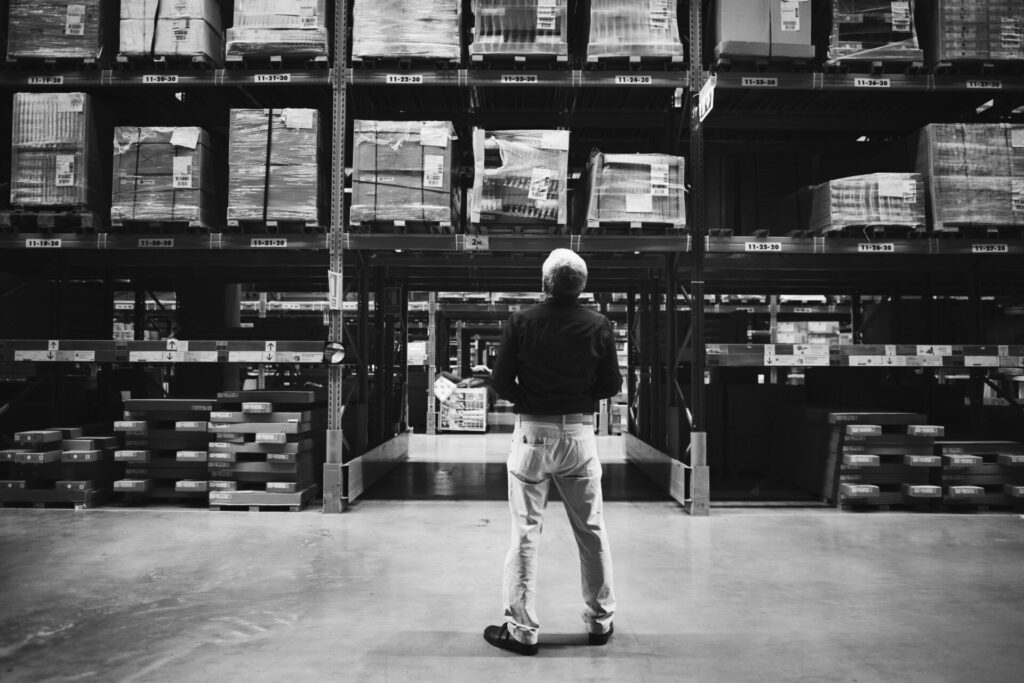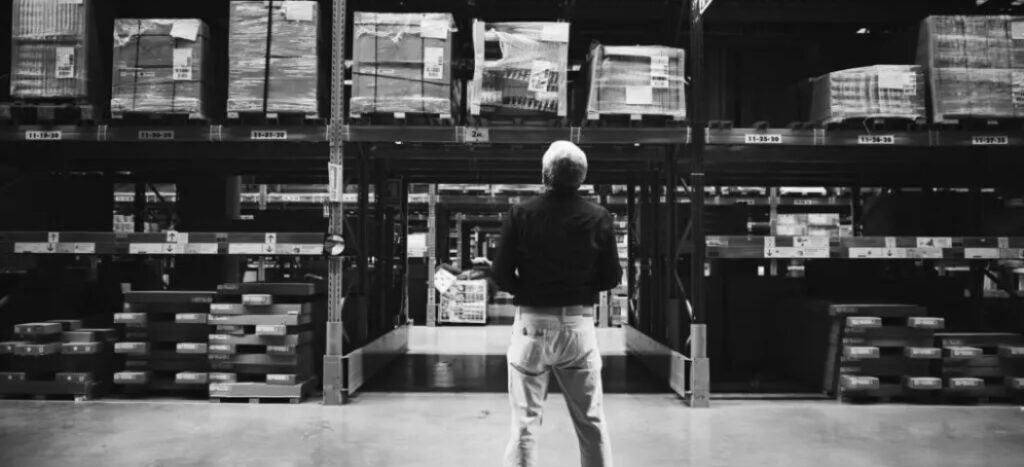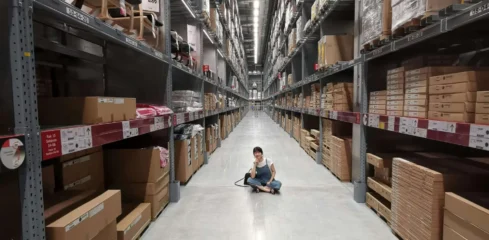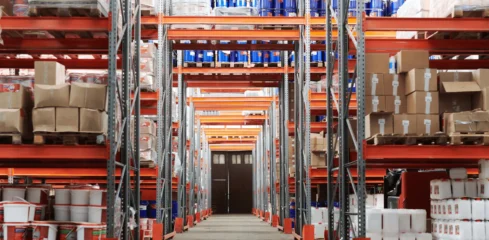
Getting your pick-and-pack process right is essential to efficient e-commerce order fulfillment and customer satisfaction. Picking and packing involves four steps – order receiving, order picking, order packing, and order shipping. Yet, the simplicity of the concept masks a complex reality. There are dozens of combinations of methods and strategies you could tap into for a seamless pick-and-pack workflow, but how do you know which is the best for you?
Getting the picking and packing right means taking cognizance of your business’ size, products, product diversity, order volume, and target turnaround times. Irrespective of how your e-commerce fulfillment is currently performing, there is always room to improve warehouse picking and packing. Let’s begin with the most widely used methods to help you identify areas where efficiency opportunities lie.
Picking and packing methods
- Piece picking
Here, one person picks and packs a single order at a time. They’ll move through the warehouse, pick up the items as specified on the list and then take the order to the packing station for onward shipping. Piece picking usually works for small businesses that experience a trickle of orders each day.
- Batch picking
This involves picking and packing batches of orders. A single batch will include orders easily assembled at one part of the warehouse. The goal is to navigate the most efficient path through the warehouse. Batch picking is a great technique if your business has a stream of orders that is large enough to be organized into groups of orders. It could work for small businesses too that do not have tight order delivery timelines. They can accumulate orders throughout the day and do all the picking in one go.
- Zone picking
Ideal for large warehouses, workers in one zone partially pick and pack order items before passing them onto the next zone in line, where additional items are added and packed. Once the last zone finishes packing, the order is moved to the packing station and prepared for shipping. Zone picking is complex and can only work where warehouse management technology is used.
- Wave picking
Wave picking is zone picking but in batches. Warehouse workers pick and pack order batches in their zone, then move them to a different zone for additional picking.
Pick and pack warehouse inventory storage strategies
In a 2022 PRG survey, one in five warehouse managers considered the storage area as the most congested aspect of their operations. An improvement compared to the 2021 findings, where nearly one in three were of the same view. Either way, it points to inventory storage as a key impediment to effective order picking. Let’s look at the five main strategies warehouses adopted for inventory storage. Note that these five are not mutually exclusive – you can combine more than one approach.
- Like-with-Like
This one is sometimes considered the most simple inventory management strategy. It is not too different from how you would organize your wardrobe. Items are arranged by size, color, and category. So shirts together, cups together, microwaves together, etc. On the face of it, it looks orderly and efficient. But like-with-like often slows down the pick-and-pack process while increasing the risk of errors. If you have two identical items next to each other but whose only difference is size, the wrong one can easily get picked.
- Volume-based
Place items of the greatest volume closest to the warehouse entry/exit points. Slow-moving products are pushed to the back. Workers cover shorter distances than they would in other warehouse storage plans. This is important given that pickers typically spend as much as 60 percent of their time walking through the warehouse and moving items around.
- Chaotic
No systematic use of space here. You place new items randomly, depending on where shelf space is available. While it sounds disorderly, you are less likely to pick the wrong item than in a Like-for-Like setup. Here’s why — warehouse inventory management software directs the worker to the exact spot and shows the shortest path. It is not surrounded by near-identical products (e.g. same shirt but a smaller size), meaning the item stands out.
- Class-based
Items are grouped into categories based on one or more shared attributes. Examples of shared attributes include size, turnover rate, or required packaging. New items are added to available shelf space within their class.
- Mobile shelf
A more recent but rapidly growing strategy, mobile shelf picking systems use robots to move shelves to where the picker is seated and then return the shelves to their position. The picker does not move from their location. Virtually, robots do all the hard work.
As of 2022, under 5 percent of warehouses used robots. About a quarter of warehouse managers are considering investing in mobile robots. An ABI Research report predicts over 4 million robots will be working in 50,000 warehouses by 2025.
Pick and pack best practices
The methods and strategies we have covered so far mostly relate to the picking aspect of the pick-and-pack process. But the packing is just as important as the picking for successful e-commerce fulfillment. Here are some good practices for getting the most out of your packing.
- Place items in the smallest box possible to reduce your costs from volume-based and weight-based freight charges.
- Rescan each item before packing to ensure the correct product will be shipped.
- Warehouse management software should include the correct box size information for each order. That way, the packers do not have to spend time guessing what box is best suited.
- Warehouse management software should include specifications on what infill to use. Packers can quickly reach for the right infill needed to protect the product during shipping.
Final thoughts
E-commerce stores need all the help they can get to stay on top of their pick-and-pack process. The right software is vital to creating a smooth, consistent transition from your store, the warehouse, logistics providers, and, eventually, the customer. Ideally, you want a single end-to-end solution that covers everything from generating barcodes, batching orders, managing inventory, and facilitating packing and shipping. That’s not always possible, though. It may be necessary to procure multiple applications as long as they can be seamlessly integrated to form a coherent stack. Think about the growth when choosing the most appropriate software so you can scale capacity as needed.
Meet Your Author:
Alex Selwitz is the Director of SEO for Red Stag Fulfillment, an eCommerce fulfillment warehouse that was born out of eCommerce. He has years of experience in eCommerce and digital marketing. In his free time, Alex enjoys playing guitar and learning about new trends in the digital world.






